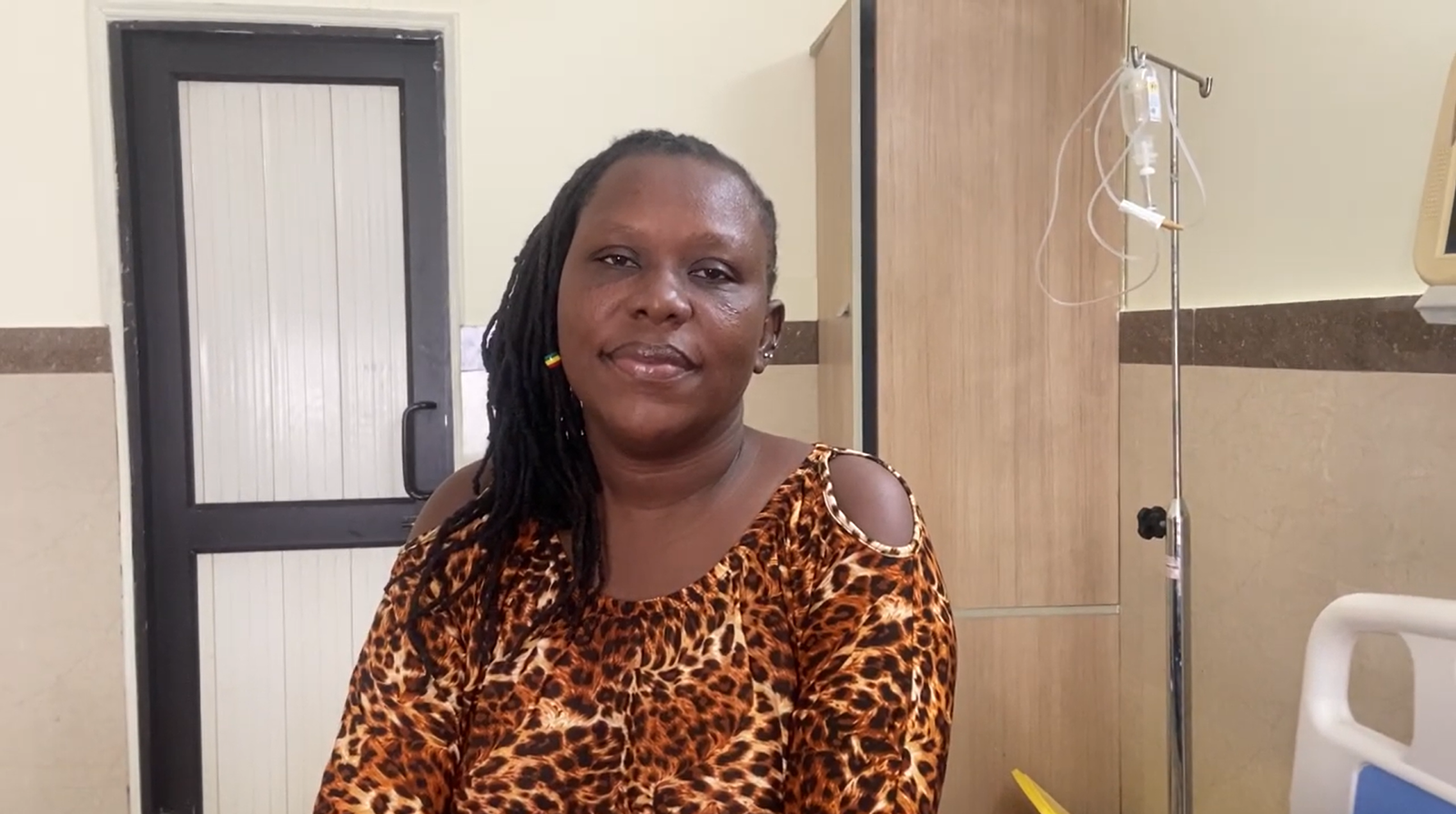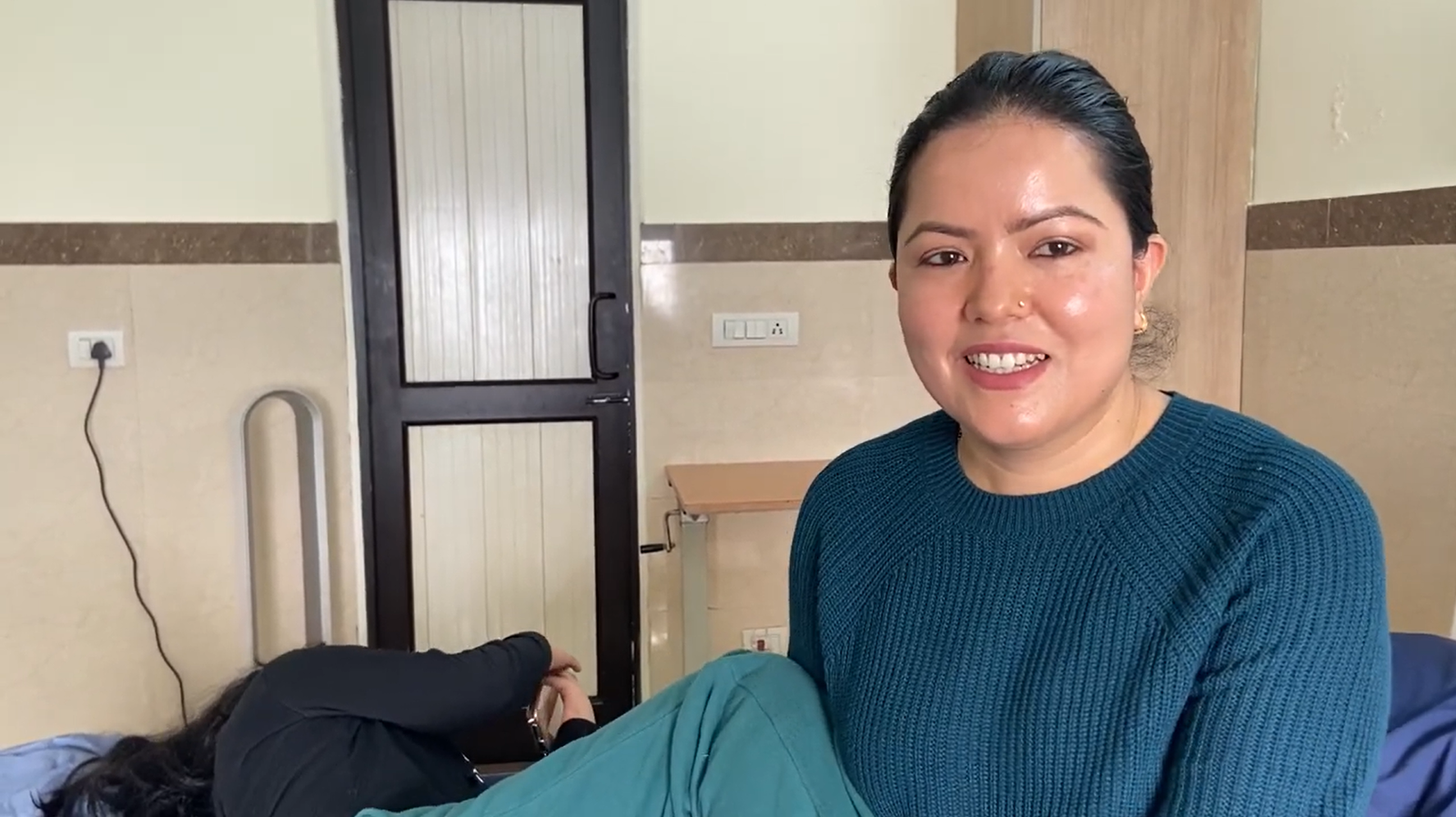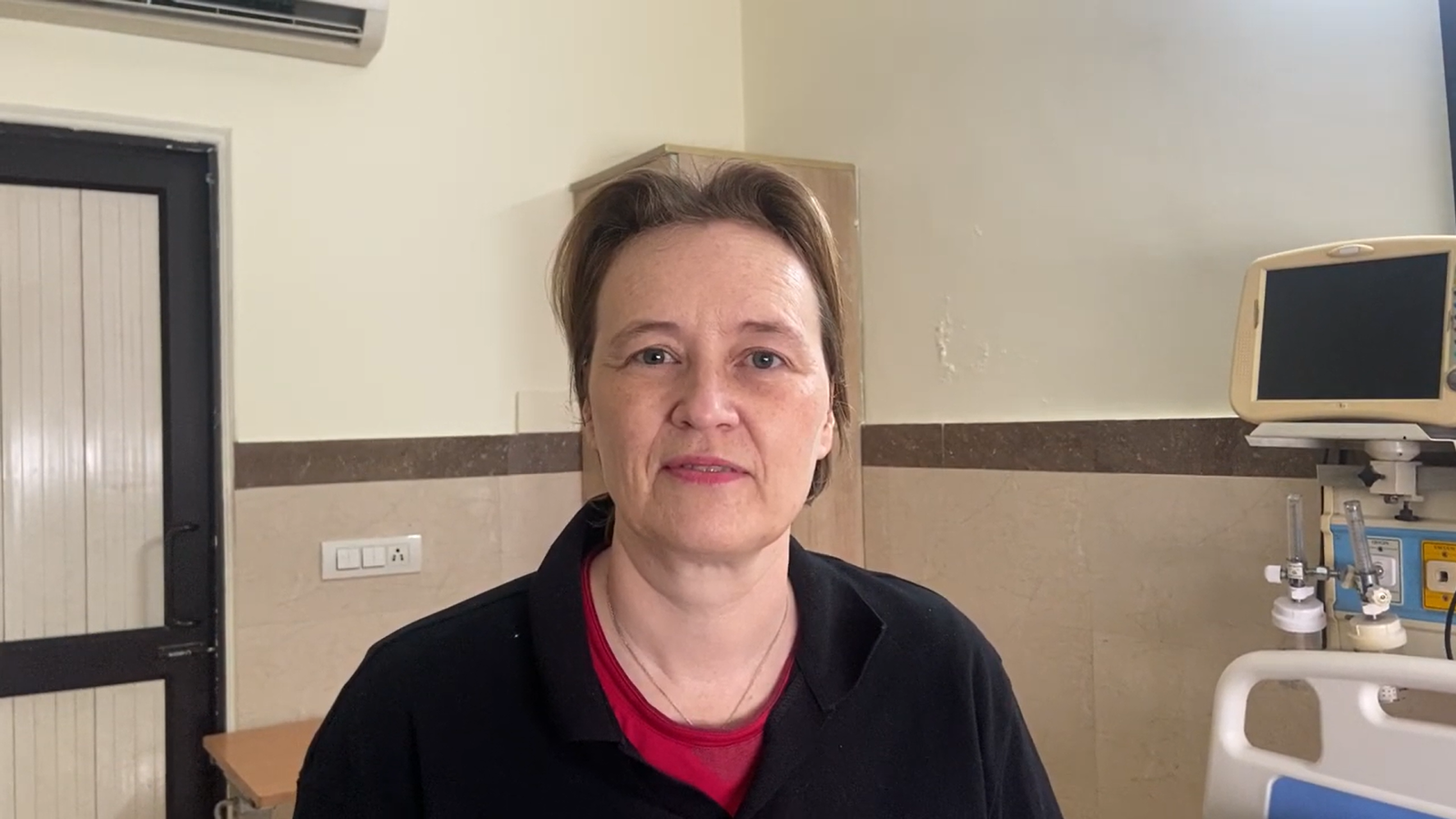It is a rescue therapy for some of the critical conditions that may be proving fatal, such as leukemia and lymphoma. However, a bone marrow transplant is not fully guaranteed and successful in every case. A lot of factors determine the success rate, and each case is different. It is a very important step to understand these factors before the actual procedure is initiated.
What is Bone Marrow Transplant?
A bone marrow transplant is a surgical operation in which one’s defective or unhealthy bone marrow is replaced by healthy cells. This is generally found in the hip and thigh bones because it helps produce blood cells around them. These cells may include red cells to help in the transport of oxygen around the body, white cells in fighting infections, and platelets for clotting which helps the body produce more healthy cells naturally again.
Types of Bone Marrow Transplants
There are two main categories of bone marrow transplants:
Autologous Transplant
This is the process by which the patient’s healthy bone marrow cells are harvested, prepared, and then re-infused back into the patient’s body after the destruction of the patient’s diseased bone marrow through chemotherapy or radiation.
Allogeneic Transplant
It employs bone marrow from a bone marrow transplant donor. The donor can either be a family member or an unrelated donor who has bone marrow that is a close match with the recipient. Different types of transplants have their respective rates of risk and success, which we will discuss while going along.
Factors Affecting Bone Marrow Transplant Success
There are several factors that influence whether a bone marrow transplant is successful or not. The success rate depends on the following:
Condition Being Treated
The success rate is decided mainly by the type of disease being treated. Thus, although the success rate may be greater for certain types of leukemia than for others, advanced stages of the disease or other grave conditions will have other success rates. In general, there will be better prospects for effectiveness at earlier interventions.
Age of the Patient
Younger patients have better bone marrow transplants. This is because such patients are healthier. Thus, they have a better immune system and can respond more positively to the bone marrow transplant process.
Patient’s Health
Overall health is highly significant in any transplant procedure. A patient, with otherwise good health apart from the bone marrow disease, has a high chance of recovery better than a patient with other assorted conditions.
Bone Marrow Donor Matching
Success in an allogeneic transplant is found in locating a bone marrow transplant donor. The closer the tissue match between the donor’s tissue and the patient’s tissue, the more likely a successful transplant will be. Family members, especially siblings, are the preferred donors for many people because statistically, they have much higher chances of matching up. Still, a good match is sometimes attained through international bone marrow registries.
Post-Transplant Care
Post-transplanted patients should be monitored closely to receive appropriate follow-up care and treatments to avoid complications, such as infections and graft-versus-host disease-this is the reaction of donor immune cells against the recipient’s body and other adverse effects, hence reducing the success rate of the transplant procedure. Close follow-up care can minimize these complications and greatly increase the chance of success.
Putting All Together
There’s certainly hope for bone marrow transplantation in severe diseases, although it is yet to be 100% successful in all cases. Hopes for success in the procedure would lie in numerous factors, such as the age and health of the patient, among others, and the match of the bone marrow transplant donor. Although not completely risk-free, most patients do experience successful treatments if treated by the right physicians. Experts would be able to guide you through the complexities of bone marrow transplantation and improve your chances for recovery at Global Regenex.





















